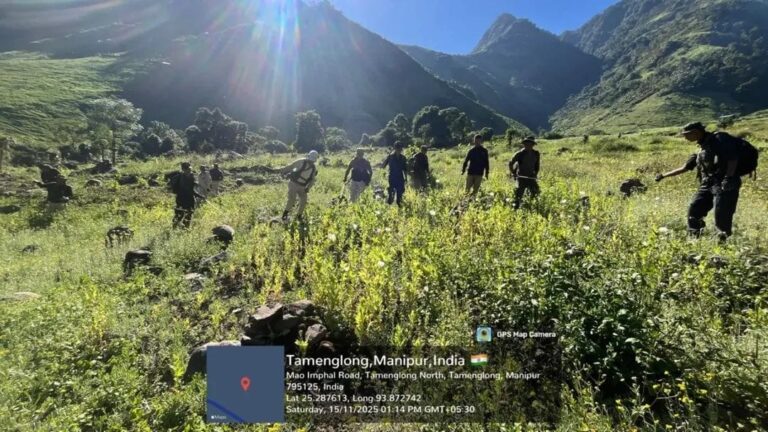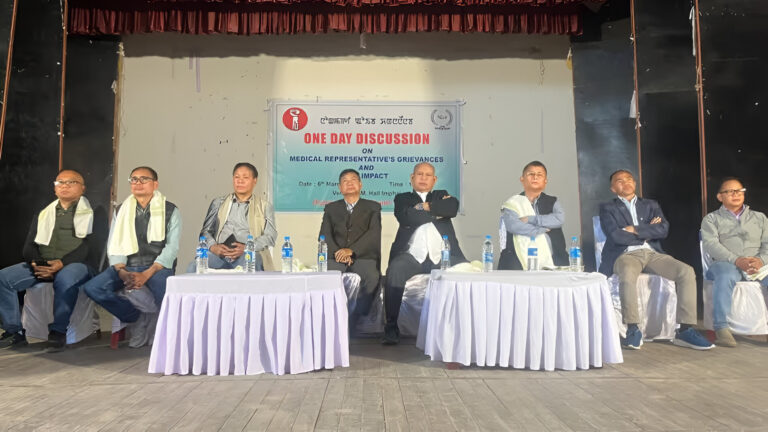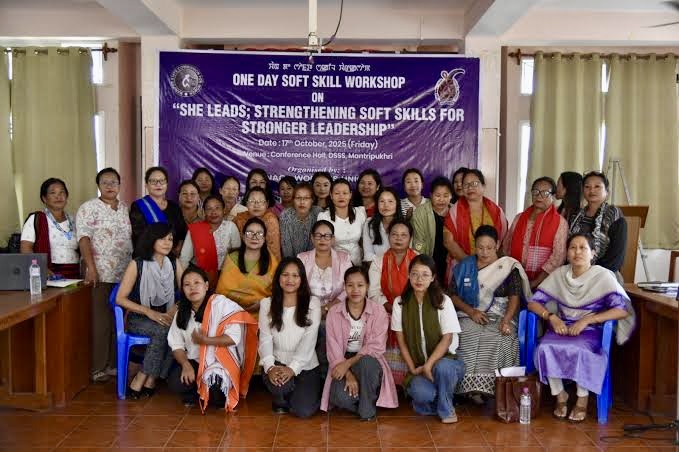Manipur Government Implements Major Administrative Reshuffle Amid Ongoing Ethnic Crisis
In a decisive move to address the persistent ethnic tensions, the Manipur government has undertaken a significant administrative reshuffle, reassigning 70 key officials, including senior IAS, IPS, and Manipur Civil Service officers.
Introduction
Manipur, a state nestled in the northeastern corridor of India, has been grappling with prolonged ethnic unrest that has deeply affected its social and administrative fabric. In response to these challenges, the state government has initiated a comprehensive administrative reshuffle, aiming to restore stability and reinforce governance structures.
Background of the Ethnic Crisis
The roots of the current ethnic crisis in Manipur can be traced back to longstanding tensions between the Meitei and Kuki-Zo communities. These tensions escalated dramatically following a ‘Tribal Solidarity March’ organized to protest the Meitei community’s demand for Scheduled Tribe (ST) status. The aftermath of this march witnessed:
- Casualties: Over 250 fatalities and more than 1,000 injuries.
- Displacement: Approximately 60,000 individuals forced to flee their homes.
- Duration: The violence has persisted for over 21 months, indicating deep-seated divisions and unresolved grievances.
Details of the Administrative Reshuffle
In a bid to address the administrative challenges posed by the ongoing crisis, Chief Secretary Prashant Kumar Singh announced a major reshuffle affecting 70 key officials. This move encompasses:
- Police Leadership Changes: Transfer of 10 IPS and Manipur Police Service officers to new assignments.
- Bureaucratic Reassignments: Reallocation of 60 bureaucrats, including senior IAS officers, to different roles.
Notable appointments include:
- Paulunthang Vaiphei: Appointed as the Additional Chief Secretary.
- Rakesh Balwal: Transferred to Imphal East district as the Superintendent of Police.
These strategic reassignments aim to inject fresh perspectives into the administration and enhance the effectiveness of governance during this tumultuous period.
Recent Administrative Appointments
The reshuffle follows significant changes in the state’s leadership:
- New Governor: Ajay Kumar Bhalla assumed office as the Governor of Manipur on January 3, 2025. His appointment brings a wealth of experience, having previously served as the Union Home Secretary.
- Chief Secretary: Prashant Kumar Singh took over as the Chief Secretary on January 15, 2025, bringing renewed vigor to the state’s administrative machinery.
These appointments are pivotal, as they come at a time when effective leadership is crucial to navigate the state through its current challenges.
Government’s Rationale Behind the Reshuffle
The government’s decision to implement such a comprehensive reshuffle is driven by several factors:
- Restoring Stability: By placing experienced and capable officers in key positions, the government aims to stabilize the administration amidst ongoing tensions.
- Enhancing Security: The reassignment of police officials is intended to strengthen law enforcement and ensure the safety of all communities.
- Rebuilding Trust: Through these changes, the government seeks to rebuild public confidence in its commitment to impartial and effective governance.
Public and Political Reactions
The administrative reshuffle has elicited a spectrum of responses:
- Public Sentiment: Many citizens view the move as a necessary step towards restoring normalcy. However, there are concerns about the effectiveness of these changes in addressing deep-rooted issues.
- Political Perspectives: Opposition parties have expressed cautious optimism, urging the government to ensure that the reshuffle translates into tangible improvements on the ground.
Challenges Ahead
While the reshuffle is a proactive measure, several challenges persist:
- Deep-Rooted Ethnic Divisions: Addressing the underlying causes of the ethnic tensions requires more than administrative changes; it necessitates dialogue and reconciliation efforts.
- Implementation of Policies: The success of the reshuffle hinges on the effective implementation of policies by the newly appointed officials.
- Maintaining Public Confidence: Continuous engagement with the public and transparent communication will be essential to maintain and build trust.
Conclusion
The Manipur government’s major administrative reshuffle represents a decisive effort to address the ongoing ethnic crisis. By reassigning key officials and bringing in new leadership, the state aims to restore stability, enhance security, and rebuild trust among its diverse communities. The path ahead remains challenging, but with committed governance and inclusive dialogue, there is hope for a peaceful and prosperous Manipur.
FAQs
- What prompted the administrative reshuffle in Manipur?The reshuffle was initiated in response to prolonged ethnic unrest between the Meitei and Kuki-Zo communities, which has led to significant casualties and displacement.
- Who are the key officials affected by the reshuffle?The reshuffle involves 70 key officials, including senior IAS, IPS, and Manipur Civil Service officers. Notably, Paulunthang Vaiphei has been appointed as the Additional Chief Secretary, and Rakesh Balwal has been assigned as the Superintendent of Police for Imphal East district.
- What are the government’s objectives with this reshuffle?The government aims to stabilize the administration, enhance security, and rebuild public trust through the strategic reassignment of key officials.
- How has the public reacted to the reshuffle?Public reactions are mixed, with some viewing it as a positive step towards normalcy, while others remain skeptical about its effectiveness in addressing deep-rooted issues.
- What challenges does the government face post-reshuffle?The government faces challenges in addressing the underlying causes of ethnic tensions, ensuring effective policy implementation, and maintaining public confidence through transparent governance.





